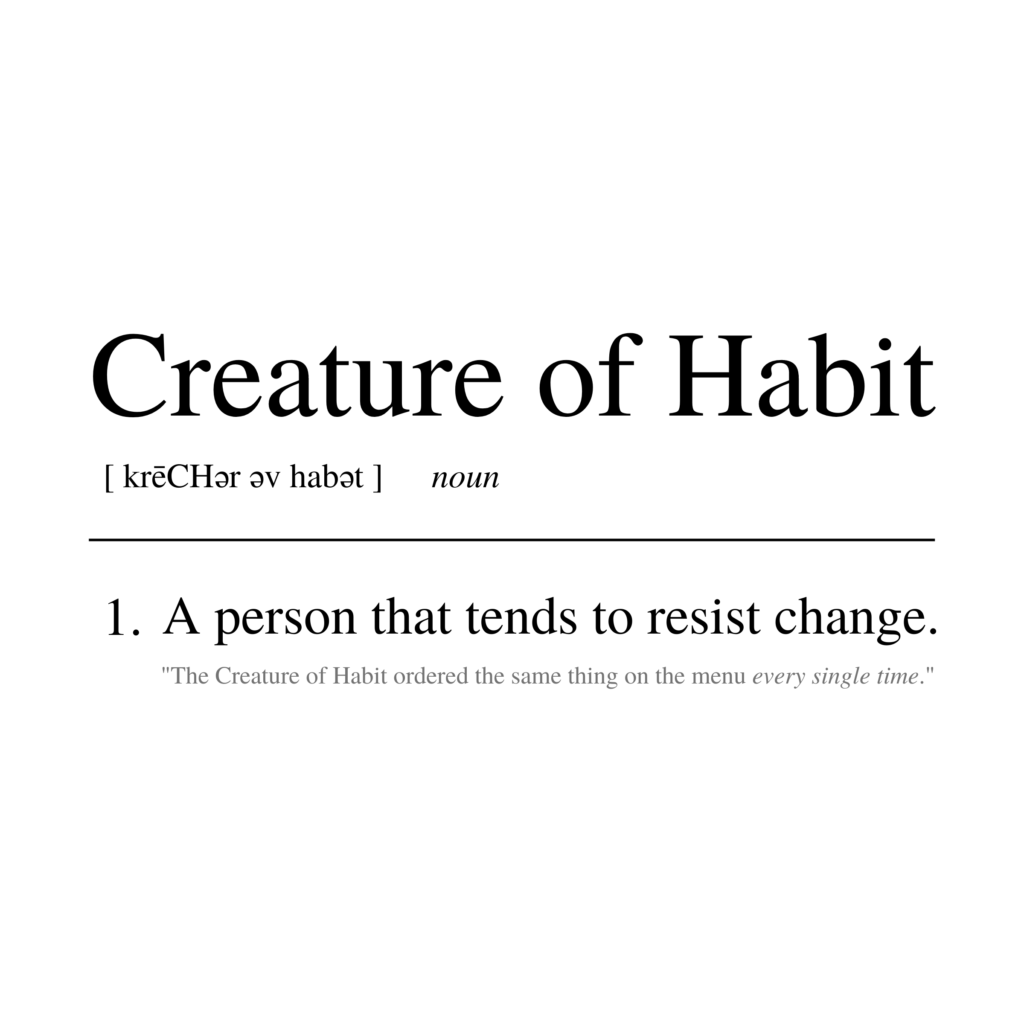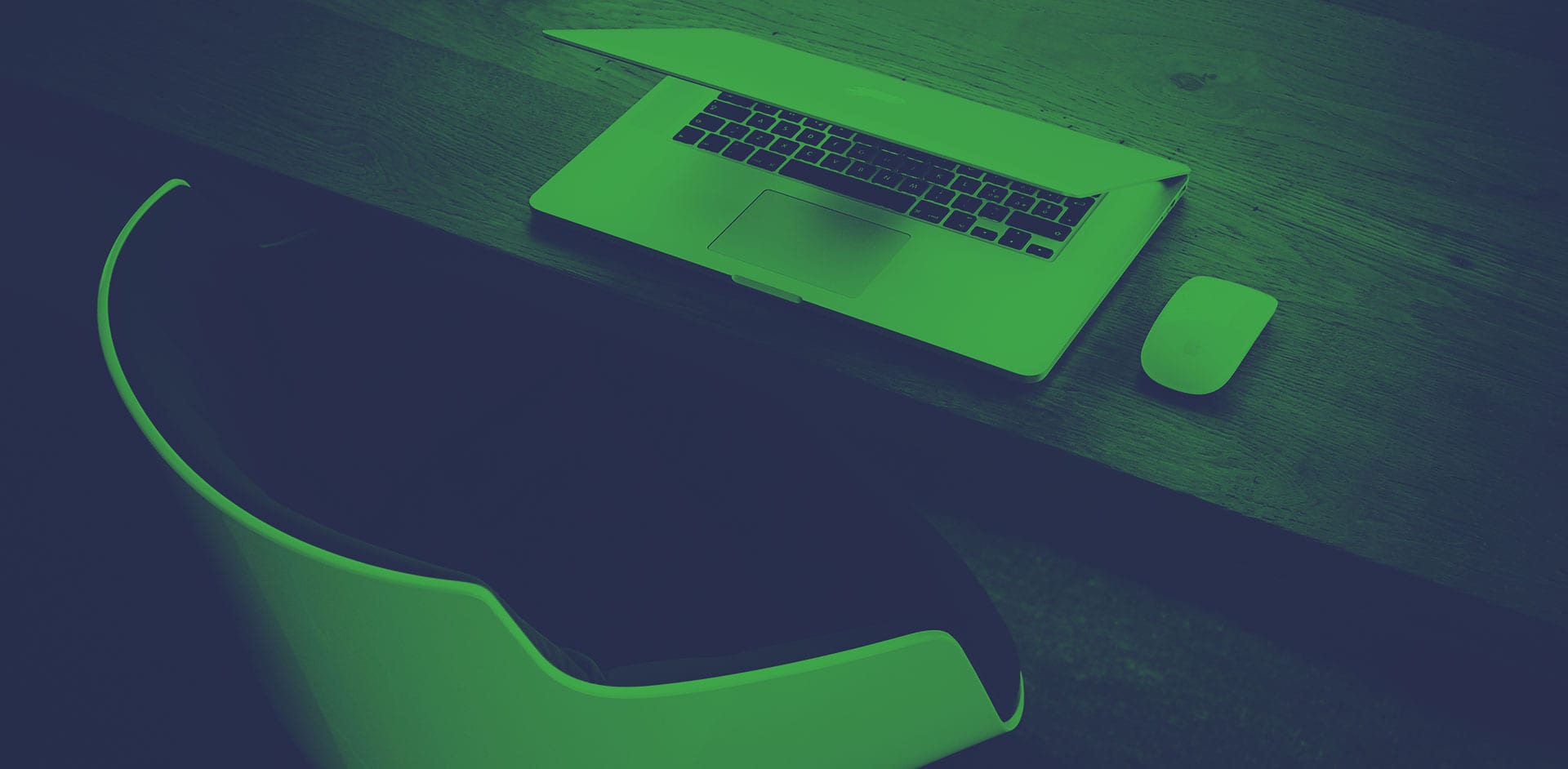02 Jun Creature of Habit: Managing Post-Pandemic Change
Believe it or not – I (a self-proclaimed Creature of Habit) work in change management. I know that sounds very ironic, but it also makes a lot of sense when you think about it.
I hate change, but it’s inevitable. So, over time I’ve learned to deal with it, make the best of it – and now, I help others do that too.

When the COVID-19 pandemic completely disrupted our lives in 2020, many people revealed themselves as a Creature of Habit. Even those who like to “mix it up” day-to-day found their set routines uncomfortably disrupted.
Companies closed offices, families stayed home, our busy schedules slowed down… It was a rough adjustment for a lot of us.
And now, we’re amidst the next big change as offices open back up to either fully in-person or hybrid work environments. While that may sound easy enough, it’s going to be another tough transition for everyone who’s spent the past year forming their new, work-from-home habits.
You may hate change, but it’s inevitable. So, here’s how you can deal with it, make the best of it, and help others do that too:
HOW TO DEAL WITH CHANGE
In my experience as a Creature of Habit, I’ve found the best way to deal with a disrupted routine is to connect to something familiar.
The best way to deal with a disrupted routine is to connect to something familiar.
For example, in early 2002 I moved to Barcelona for two years. As you can imagine, Houston and Barcelona have many, many differences. So, of course, I was out of my element and sought out to find something familiar.
Everything was new for me – the Spanish food was absolutely amazing but far from the familiar Tex-Mex I loved back in Houston.
Interestingly enough, I found my source of comfort in a Chinese restaurant next door. The restaurant’s menu resembled Houston’s Chinese menus, and the chicken fried rice was definitely a comfort food for those two years in Barcelona.
Finding something comfortable and familiar to hold onto also helped me adjust when COVID-19 abruptly changed my day-to-day routine.
When I started working from home, I found myself following the same schedule – even though I didn’t necessarily have to. I was still going downstairs at exactly 7:00 a.m. to make coffee, making breakfast at 7:30 a.m., and setting up for my morning meetings by 8:00 a.m. The only thing that really changed about my morning routine was the 45-minute commute to work.
That common ground (between pre-COVID and COVID work life) made the change much more comfortable. So, think about how you can “connect the dots” as we transition to our post-pandemic work routines, whether that’s 100% in-person or some hybrid mix.
This can be something as small as dressing more comfortably at the office than you did pre-COVID (if your company allows) or transferring a similar routine to the office with you.
HOW TO MAKE THE BEST OF CHANGE
Now, when it comes to managing change, we don’t just want to “deal with it” – we want to make the best of it. And a great way to make the best of a disrupted routine is to add something enjoyable to your new routine.
A great way to make the best of a disrupted routine is to add something enjoyable to your new routine.
If you’re like me, change is often not a pleasant experience. But there are some things you can do to make it enjoyable.
When I was in Barcelona, I eventually found an incredible street-side cafe on my way to work with the best chocolate almond croissant and café con leche. That quickly became part of my new morning routine – something small and enjoyable that I could look forward to every morning.
And soon, that little addition to my new routine helped me feel like I was adapting better to the major life change. When it comes to COVID and working from home, the same thing helped.
After a while, there was a sense of isolation that I’m sure many of us felt. All I did during work hours was stay inside, sit at my desk, and speak to my computer screen. And I started feeling like I needed to get outside.
I incorporated breaks into my schedule, which simply meant relaxing in the backyard for 15 minutes or walking to a nearby restaurant to pick up lunch. That was a huge deal for me – just getting outside and walking around.
It was something small, something enjoyable, and something to look forward to. Incorporating that into your daily routine can help you through any change or transition.
When you go back to the office (whether that’s full time or part time), find something like that to add to your routine and help you adapt. It can be a coffee shop on the way to work, a good breakfast from the office cafeteria, or even just a really great parking space. It may sound funny, but little things like that can go a long way.
HOW TO HELP OTHERS MANAGE CHANGE
It’s important to remember that as you’re trying to manage the post-pandemic change in your life, all your co-workers are struggling with the same routine shift. That’s why leaders should employ change management to help their team adjust, applying the Prosci ADKAR® Model to achieve a successful transition.
Leaders should employ change management to help their team adjust, applying the Prosci ADKAR® Model to achieve a successful transition.
If you’re not familiar with ADKAR®, it’s Access Sciences’ preferred change management approach for leading people, managing change, and maximizing adoption.
It was developed from the idea that organization-wide change can only occur when individuals change. Its five important steps help guide individuals through that process:
Awareness – Of the need for change.
In this first step, leaders should let their team members know what’s changing and why. If you’re going back to 100% in-person, explain the reasoning behind that choice. If you’re transitioning to a hybrid work environment, explain why you think that’s the best option for your team.
Desire – To participate and support the change.
The second ADKAR® step is to create desire for change, which can be accomplished in a lot of different ways. This is where leaders can work their magic. Help them deal with the change by connecting to something similar to their work-from-home life (like a more casual dress code, if possible) and adding something to look forward to in office life.
Knowledge – On how to change.
Once there’s awareness and desire, it’s important to communicate the plan for change. Is everyone coming into the office at once, or is there going to be a phased approach? If your team’s going hybrid, let them know exactly what that’s going to look like and what’s expected of them.
Ability – To implement desired skills and behaviors.
In the ability stage, change starts to occur, and leaders are tasked with facilitating a smooth transition. In a normal project, this is where training would ensue. In this case, leaders may want to deliver some “training” on new office protocols for health and safety (if any).
As with any major change, it’s important to give your team members time to adjust. Make sure you’re communicating with them regularly and providing support when needed.
Reinforcement – To sustain the change.
Change is never a one and done effort, so don’t neglect the reinforcement stage. Keep your team motivated by providing constructive feedback and recognizing what’s going well.
ADDITIONAL RESOURCES
Learn more from Frederick Hall by checking out his first blog, “Embracing the Creature of Habit.”



